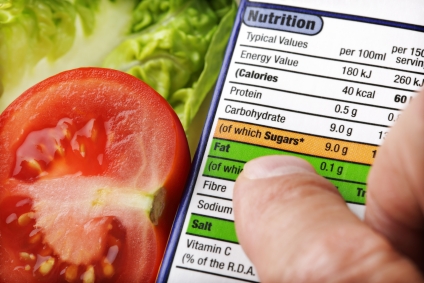5 Biggest Workout Mistakes
Have you been working out like crazy but still don't have the results you want? Or perhaps you've hit a plateau?
In addition to cleaning up your diet with our meal plans (a healthy diet is the *most* important factor with weight-loss, health and fitness!) here are 5 common workout mistakes that can prevent results.

- Performing cardio over weight training: While cardio gets your blood pumping and calories burning, weight training will tone your muscles. Weight-training also improves your body's ability to burn muscle 24/7 (cardio cannot do this. Once you stop doing cardio, the burn stops!) Remember: Muscle is metabolically active tissue, so adding a few pounds of muscle can help you burn up to 1,500 extra calories a week, even when you are inactive.
- Using weights that are too light. (This is usually not a problem for guys, but many gals do not lift enough weight.) In order to tone up your body, you need to challenge it. Make sure your last few reps are at their maximum. If you aren't breaking a sweat at the end, you didn't push yourself enough. Be strong ladies! Grab that bigger weight!
- Not having a game plan. We all know it's a bad idea to walk into the grocery store hungry and without a shopping list (our meal plans come with a shopping list!) and the same is true for hitting the gym without a plan. It is all too easy to walk into the gym knowing you are going to work out, but leave it up to choice as to what and how long you will work out when you get there. This can cause distractions throughout the workout, since you are not committed completely to the workout, you are thinking of what else you want to do. Plan out what you're going to do or what muscles you're focusing on so you can stay focused during the workout. (You'll also get your workout done quicker if you have a plan in place!)
- Training too frequently. You can work out too much. Remember: When you workout, you are actually creating micro-tears in your muscle, so you are not "building" them, you are actually tearing them apart. Your body needs at least 48 hours in between training. This is why a lot of work out plans are laid out as "upper body" day, "lower body" day, day off, repeat. If you train too much, you can mess up the recuperation system and cause your results to a halt. Your heart needs a break too! Only do cardiovascular training 5 times a week with 2 full days off.
- Expecting results too fast. Training and exercise is not an instant gratification process. Typically people start to see some results in about 4 weeks with significant changes noticeable after 8-12 weeks and the most impressive changes after 4-6 months. Keep up the regular routine -- it's a long game but worth it!
To read more, click here.





